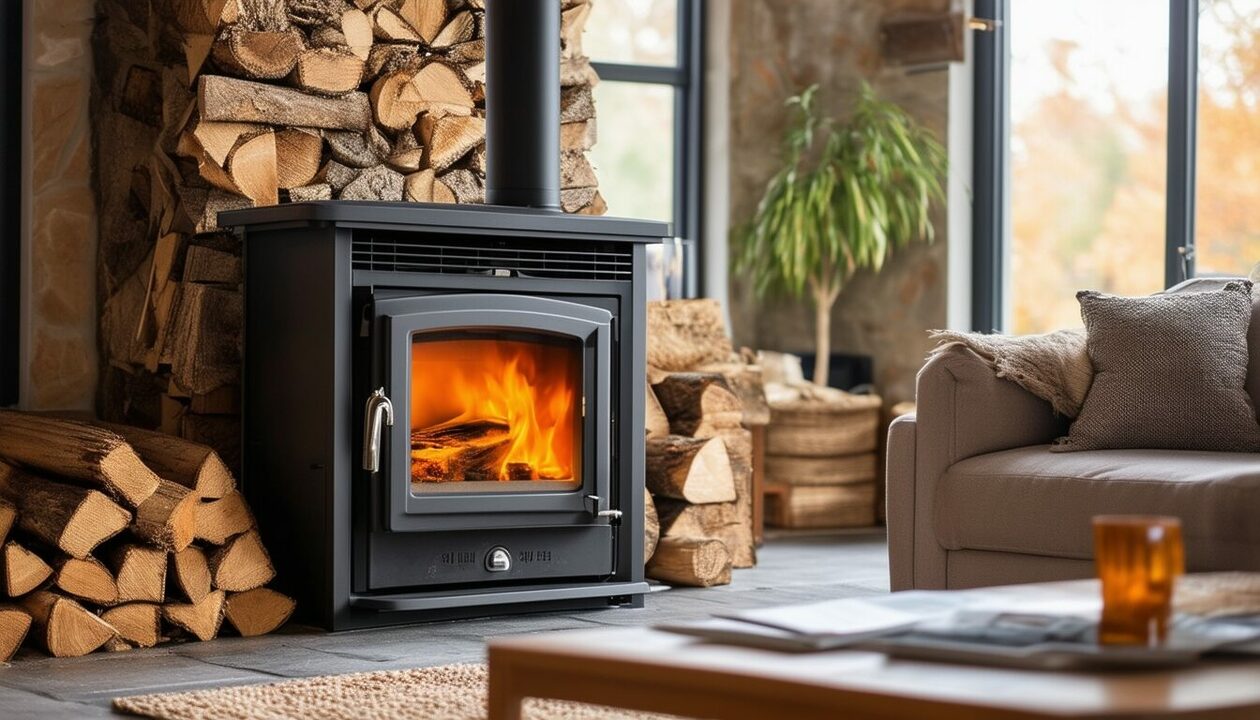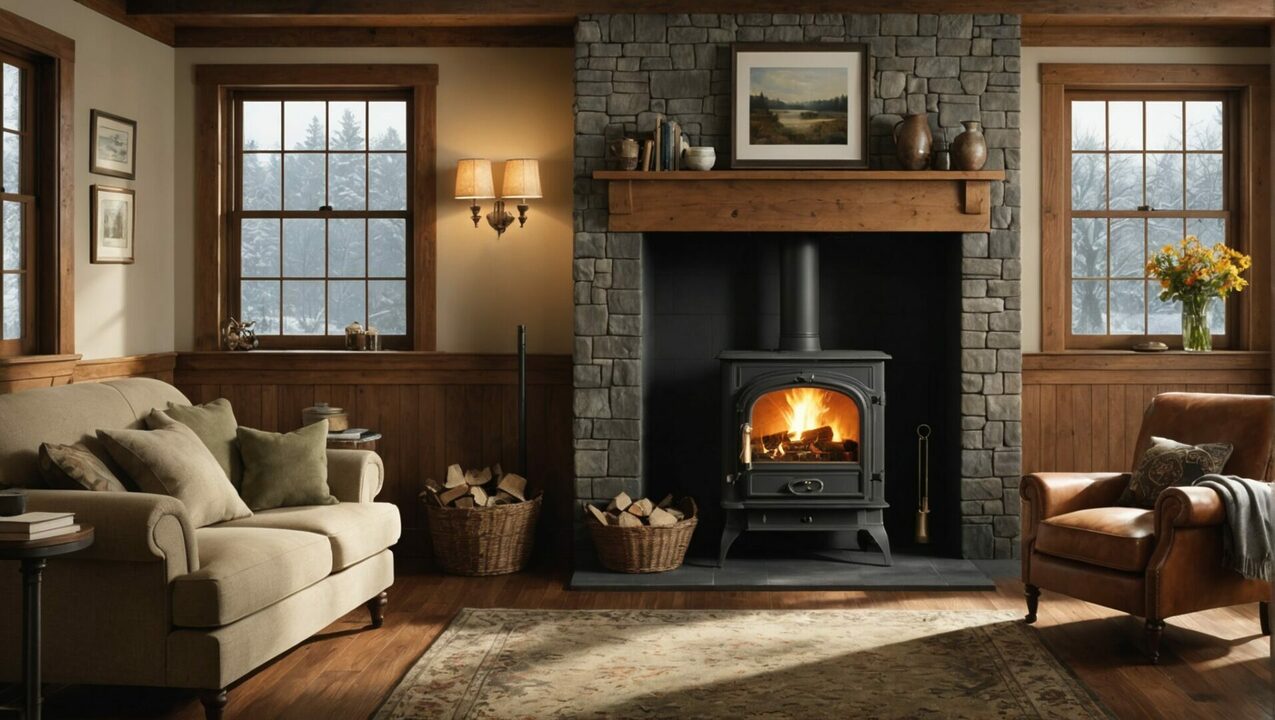Many homes choose to heat their homes with pellets, a solution that is both efficient and environmentally friendly. If you are considering opting for this heating method, you are probably wondering how many pellets you need to use for a house of around 100 m² during the winter. Let’s explore together the key elements that influence your consumption and how to get the most out of them.
Estimating pellet requirements
A well-insulated 100 m² home will require, on average, 1.2 tonnes of pellets per season. This estimate can vary depending on several factors, including the insulation of your home. A home with high-performance insulation will consume fewer pellets than one with low insulation, where consumption could reach up to 3 tonnes.
Impact of insulation on consumption
| Type of insulation | Consumption per 100 m² |
|---|---|
| High-performance insulation | 1.2 tonnes |
| Average insulation | 1.5 to 2 tonnes |
| Low insulation | 2 to 3 tonnes |
Thus, a well-insulated 125 m² house will consume nearly 1.5 tonnes of pellets, which shows the importance of insulation on your energy needs.
Optimising pellet consumption
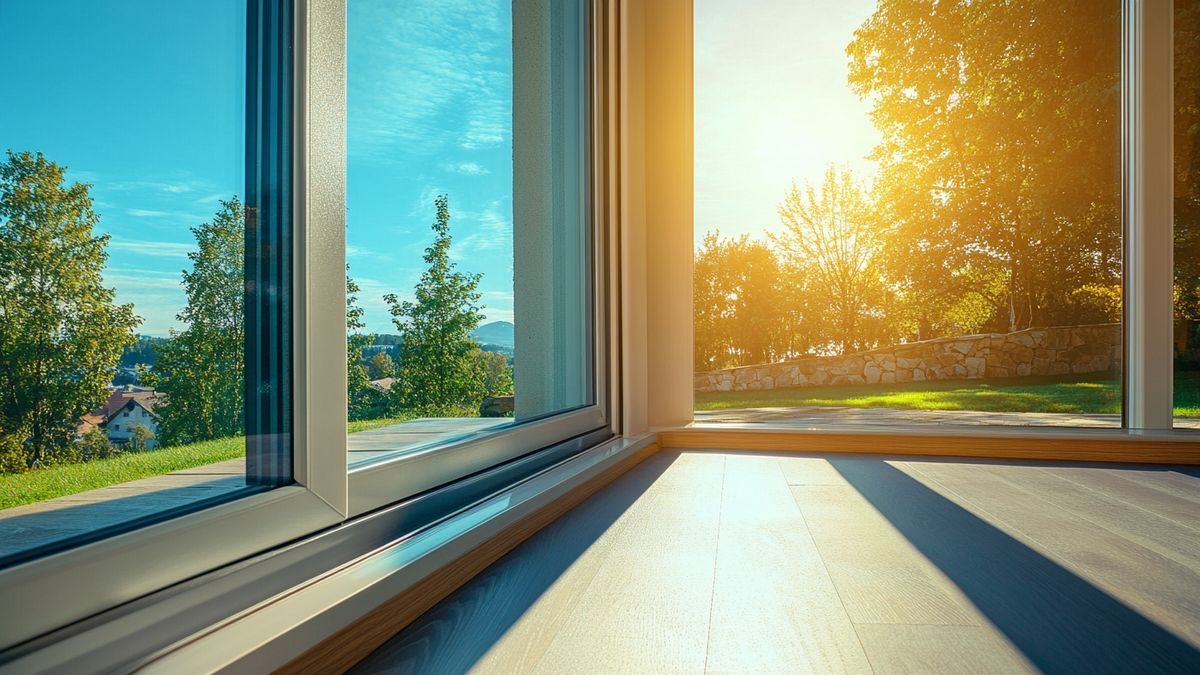
To limit your use of pellets while maintaining thermal comfort, several adjustments can be considered:
- Indoor temperature : Adjusting the temperature of your home is essential. A difference of one degree can significantly modulate consumption.
- Quality of insulation : Reinforcing the insulation of walls and windows can help you control your heating bills.
- Stove maintenance : Make sure your appliance is well maintained. A stove in good condition will be more efficient.
Factors influencing pellet consumption
Several elements impact your pellet consumption. Among these:
- Quality of insulation : As previously mentioned, this plays a major role in heat loss.
- Appliance performance : Recent and well-adjusted stoves provide better performance.
- Climatic conditions : Harsh winters often result in increased heating needs.
- Desired temperature : Heating your home to 20°C or 23°C does not have the same impact on consumption.
An example: Antoine, living in Brittany in a house of 100 m² with average insulation, consumed 1.7 tonnes in 2023 thanks to a mild winter and the installation of a programmable thermostat.
Strategies to reduce pellet needs
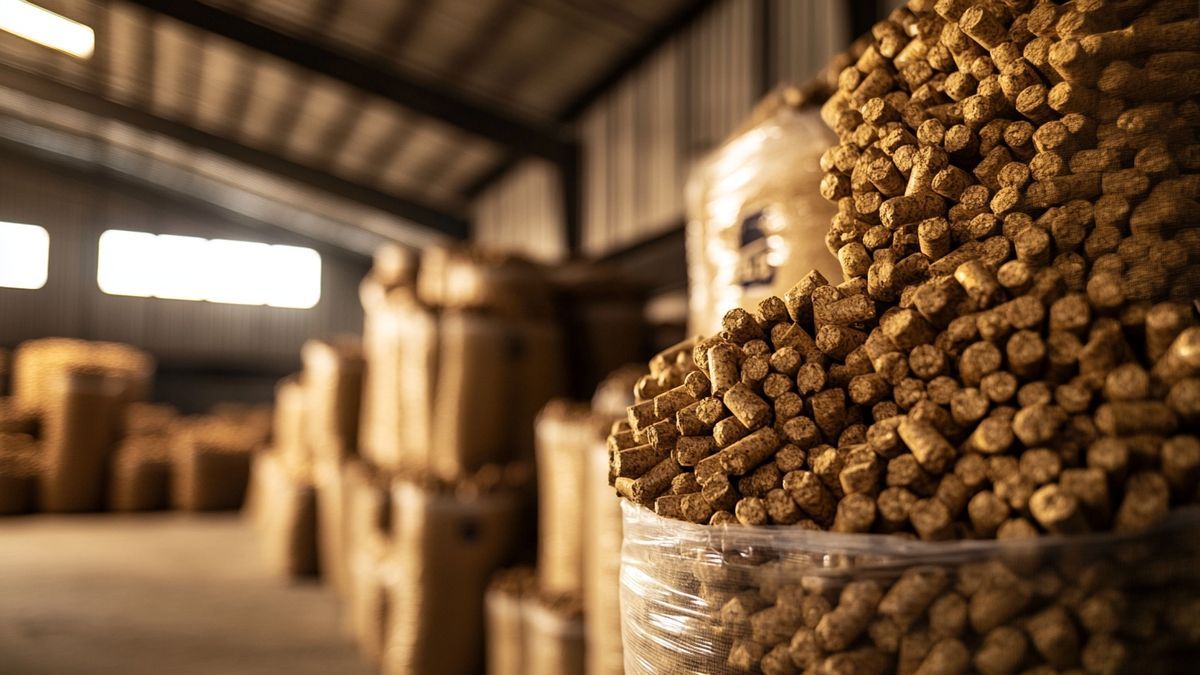
To control your consumption, here are some practical tips:
- Improving insulation : Investing in double-glazed windows and insulating the walls can significantly reduce your heating needs.
- Regular cleaning of the stove : Frequent maintenance allows for optimal operation.
- Using a programmable thermostat : It allows you to adapt the temperature to your hours of presence.
- Choosing certified pellets : Look for pellets with a DINplus or ENplus certification for better performance.
By applying these strategies, a well-insulated house could reduce its consumption by 300 to 500 kg of pellets per year, or about 20%.
Preparing your purchases
To approach the cold season with peace of mind, it is wise to anticipate your pellet needs:
- Monthly estimate : For a house of 100 m², plan on about 200 kg per month.
- Advance purchase : Prices are often more competitive in the off-season.
- Storage space : Allow 1 m³ per ton for adequate storage capacity.
- Group purchase : Grouping with other households to place orders can reduce the cost.
Make sure the storage space is dry and well ventilated to maintain the quality of the pellets.
The advantages of pellets
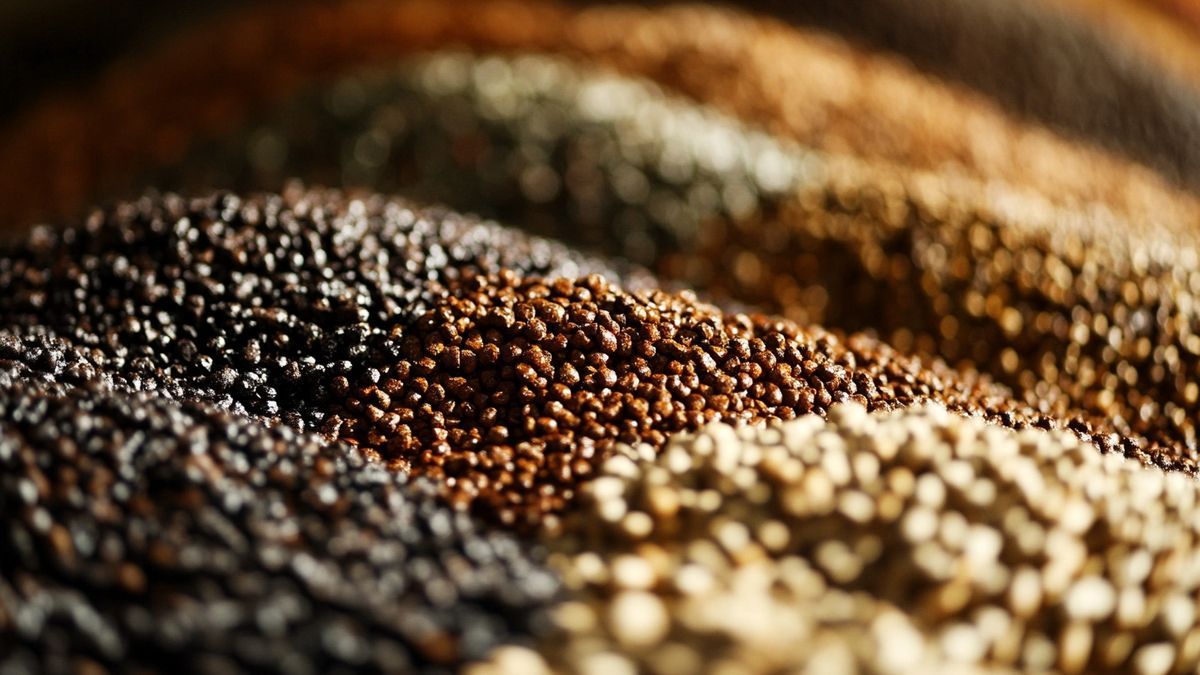
Choosing pellets as a heating method has ecological and economic benefits. With proper management of your consumption, you can enjoy a cozy winter while controlling your heating budget.

